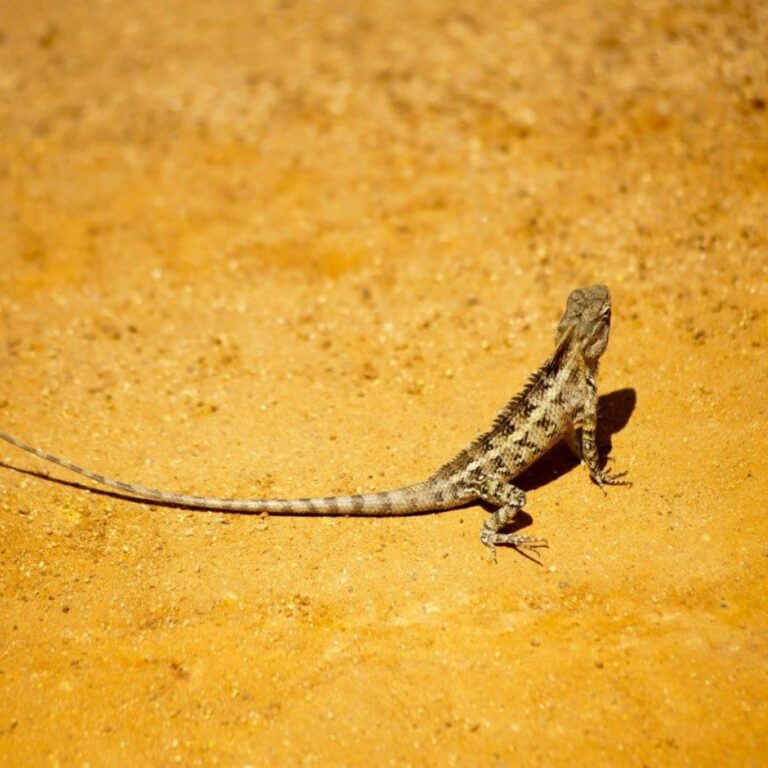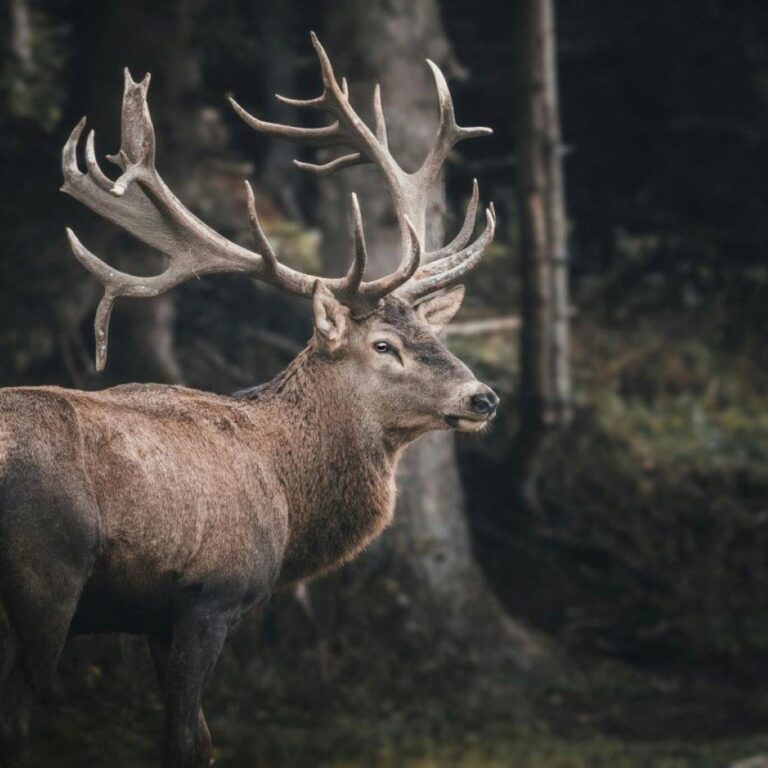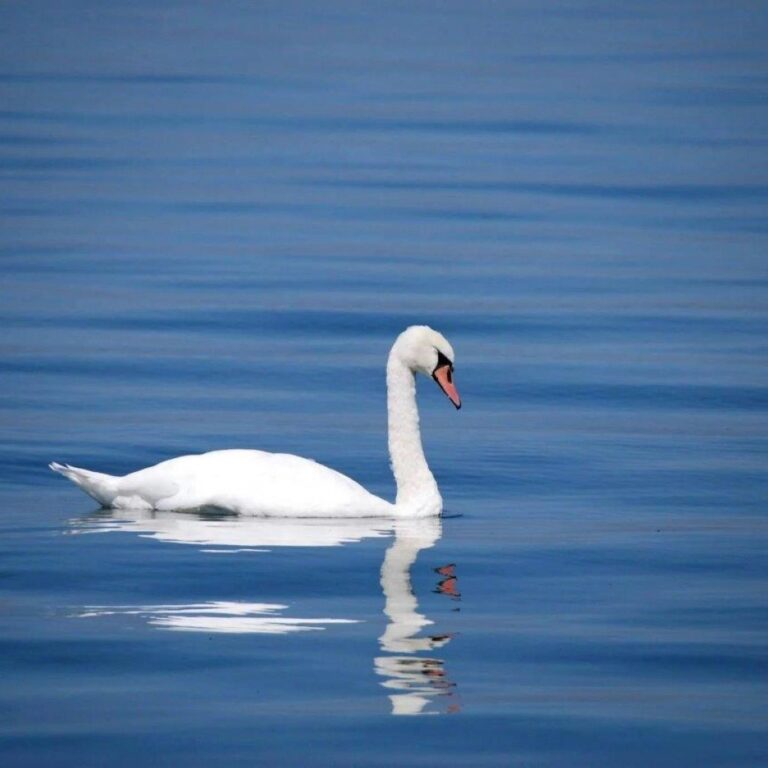These animals can detach their tails to escape predators. This process is known as autotomy, and the tail will eventually grow back.
The largest lizard in the world is the Komodo dragon, which can grow up to 10 feet long and weigh over 150 pounds.
Some of them, like the chameleon, can change their color to blend into their surroundings or communicate with others.
They are ectothermic, meaning they rely on external heat sources to regulate their body temperature.
The smallest one is the Jaragua lizard, measuring only about 16 millimeters in length.
Some of them can run on water! The basilisk lizard, also known as the 'Jesus lizard,' can sprint across water surfaces.
They have a third eye called the parietal eye on top of their heads, which helps them sense light and dark.
Not all of them have legs. Legless lizards, like the slow worm, resemble snakes but are true lizards.
Geckos can stick to almost any surface due to the microscopic hairs on their feet, which create a strong adhesive force.
Some lizards, such as the frilled lizard, have unique defense mechanisms like displaying a large frill around their neck to scare predators.
The flying dragon lizard can glide through the air using wing-like flaps of skin between its ribs.
They have a wide range of diets, including insects, plants, and even small mammals or birds, depending on the species.
Some of them can regenerate lost body parts, like tails and even some limbs, though the new parts are often not as perfect as the originals.
They communicate through various methods, including body language, color changes, and vocalizations like hissing or clicking sounds.
Their lifespan varies greatly; while some small lizards live only a few years, larger species like iguanas can live for over 20 years in captivity.


